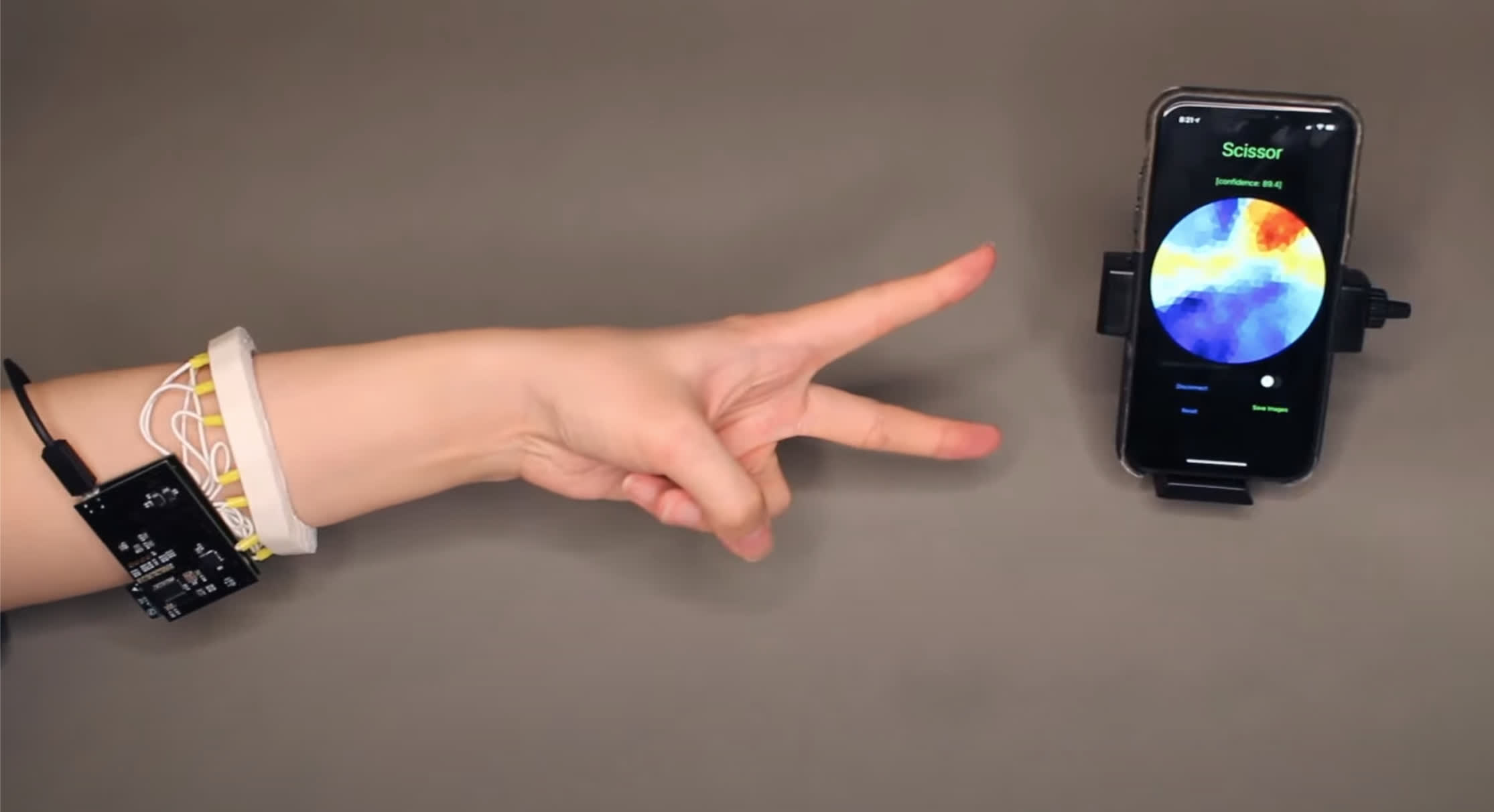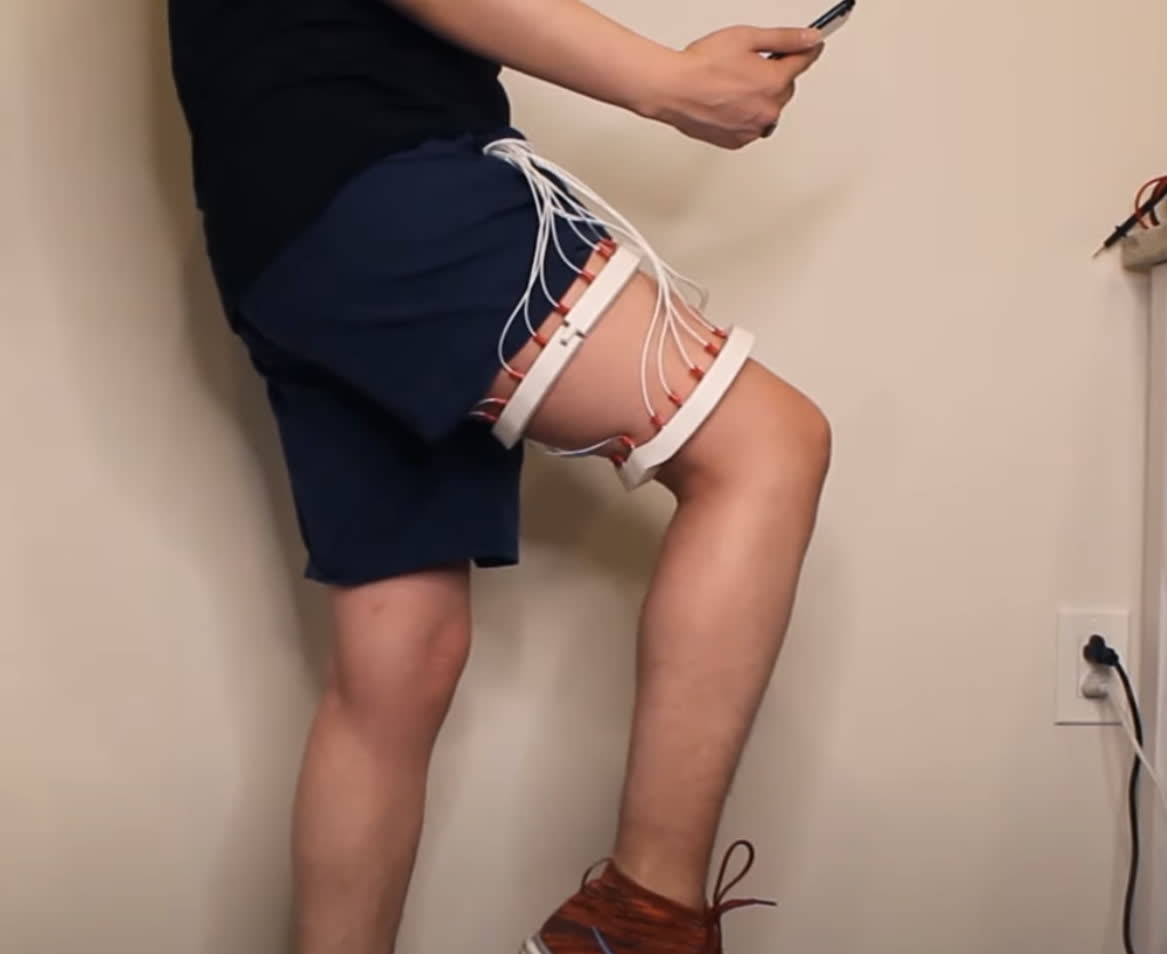In a nutshell: The Massachusetts Institute of Technology (MIT) has developed tools that allow users to create wearable devices capable of sensing muscle tension. The technology uses "electrical impedance tomography" (EIT), which detects the electrical impulses in muscles to determine if they are flexed or relaxed.

MIT's Science and Artificial Intelligence Laboratory (CSAIL) will present its research at the upcoming ACM Symposium on User Interface Software and Technology (UIST) next month, with a paper titled "EIT-kit: An Electrical Impedance Tomography Toolkit for Health and Motion Sensing" to follow in January. CSAIL envisions using the tools to create wearables for motion sensing, gesture recognition, distracted driving, and physical therapy applications.
The technology is somewhat clunky and hard to set up, and requires expensive hardware to implement. The wearables are also a bit impractical at this point, requiring a multi-lead wiring harness. However, it is possible to view data from a mobile device with augmented reality applications.
To create a device, users first design its physical shape and dimensions in the kit's 3D modeling application. The software will automatically place the sensor locations, or the user can manually set them. From there, the design is sent to a 3D printer, and users can then assemble the resulting pieces. Once put together, the wearable must be calibrated with the EIT-kit's specially designed motherboard.

"A microcontroller library automates the measurement of electrical impedance," says CSAIL. "A mobile visualization library allows users to view the measured data on a mobile device."
The technology still needs much work, and it is unclear if it will be more practical than alternative methods for applications like gesture recognition and motion sensing. However, since it captures the actual activity of muscles rather than just the movement of an arm or leg, using it for physical therapy purposes seems much more promising.
https://www.techspot.com/news/91378-mit-developed-toolkit-used-create-3d-printed-muscle.html